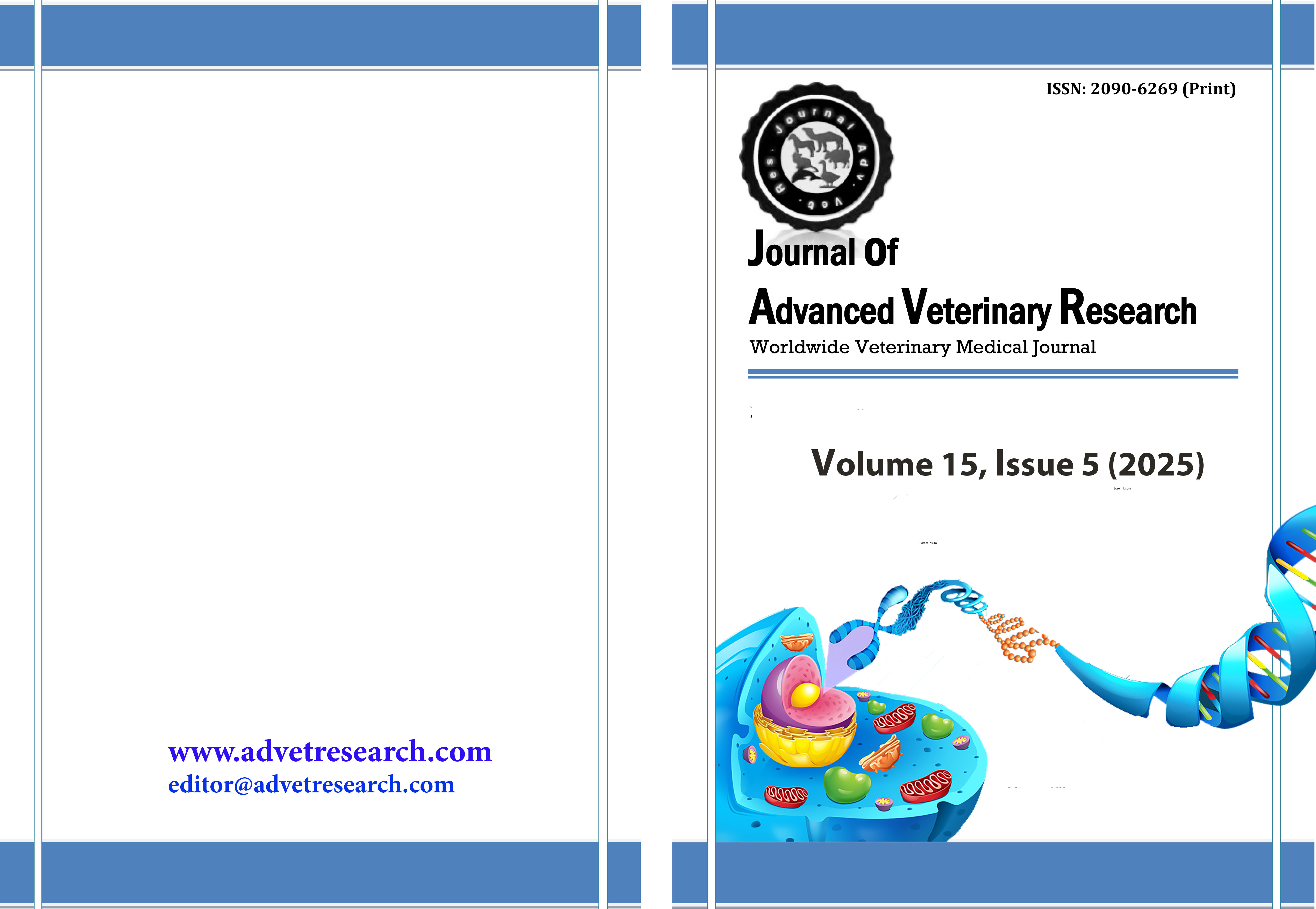From field to feed: Evaluating herbs and horticultural by-products for agricultural characteristics and nutritional values in Bulukumba Regency, South Sulawesi
Keywords:
Bulukumba, Chemical compounds, Livestock , Nutritional values, by-productAbstract
This study aimed to evaluate locally available agricultural by-products and herbs as alternative feed resources for ruminants. A total of 15 plant species, including horticultural by-products, conventional forages, and herbs, were initially assessed based on palatability, availability, bioactivity, and toxicity. Primary data were collected from local cattle farmers (n=50) in the district of Rilau Ale, Bulukumba regency and the field officers (n=5) of the department of horticulture from Bulukumba regency. The 15 initial plants were ranked on the basis of palatability, availability, potential as feed sources, history as herbal medicine and toxicity. From then, six candidates were selected: banana stem, rambutan peel, vegetable waste, rice bran, ginger, and turmeric were selected for further study. The analysis revealed the presence of terpenoids, phenolics, sugars, fatty acids, and nitrogenous compounds, which are known for their antioxidant, antimicrobial, and anti-inflammatory properties. Nutritional evaluations showed that vegetable waste had the highest crude protein (21.26%) and ginger had the highest total digestible nutrients (TDN) at 59.63%. Banana stem, although low in protein (1.73%), was rich in fiber and available year-round. Rambutan peel exhibited high tannin content (10.29%). Rice bran provided high ash and energy but contained undissolved ash, possibly reducing digestibility. The findings suggest that these materials, if processed and combined properly, offer potential as sustainable, cost-effective cattle feed. Additionally, their year-round availability and functional bioactive compounds may contribute to improved animal health and reduced environmental waste.
Downloads
Published
How to Cite
Issue
Section
License
Copyright (c) 2025 Journal of Advanced Veterinary Research

This work is licensed under a Creative Commons Attribution-NonCommercial-NoDerivatives 4.0 International License.
Users have the right to read, download, copy, distribute, print, search, or link to the full texts of articles under the following conditions: Creative Commons Attribution-NonCommercial-NoDerivatives 4.0 International (CC BY-NC-ND 4.0).
Attribution-NonCommercial-NoDerivs
CC BY-NC-ND
This work is licensed under a Creative Commons Attribution-NonCommercial-NoDerivatives 4.0 International (CC BY-NC-ND 4.0) license




